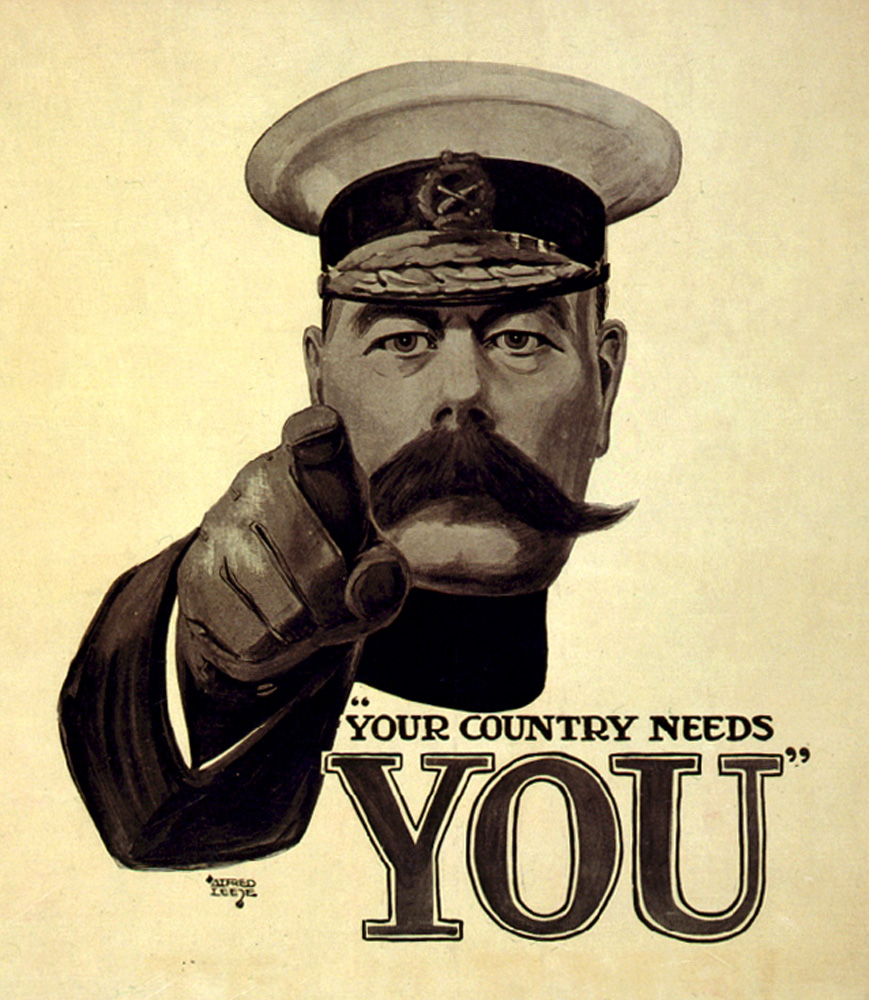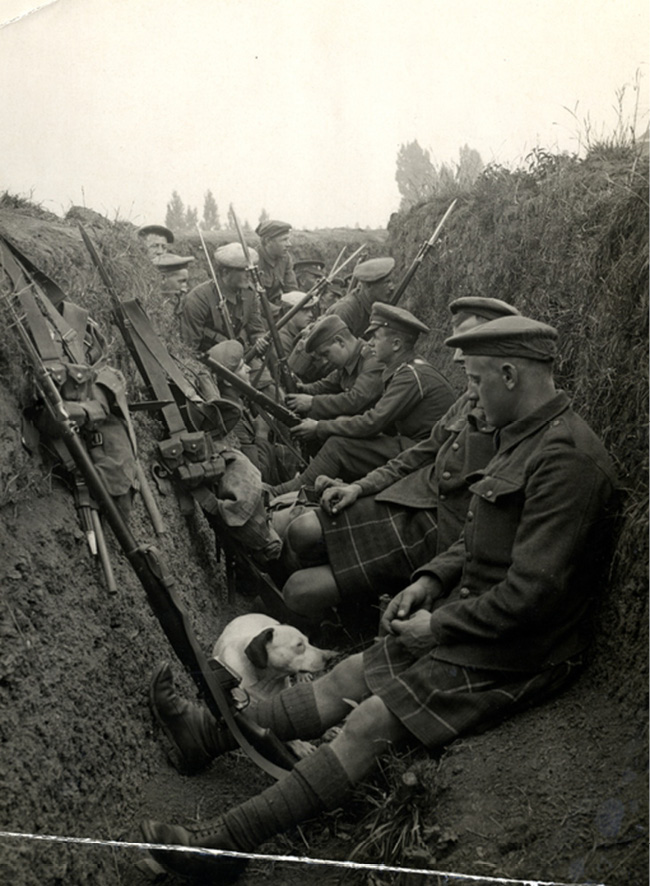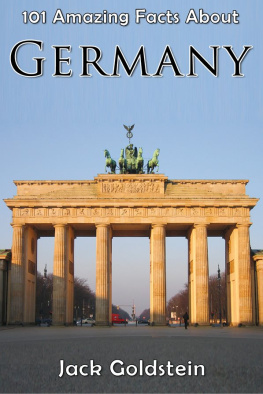Title Page
101 AMAZING FACTS ABOUT THE FIRST WORLD WAR
Jack Goldstein
Publisher Information
Published in 2014 by
Andrews UK Limited
www.andrewsuk.com
The right of Jack Goldstein to be identified as the author of this work has been asserted by him in accordance with the Copyright, Designs and Patents Act 1998
Copyright 2014 Jack Goldstein
All rights reserved. No part of this publication may be reproduced, stored in a retrieval system, or transmitted, in any form or by any means without the prior written permission of the publisher, nor be otherwise circulated in any form of binding or cover other than that in which it is published and without a similar condition being imposed on the subsequent purchaser. Any person who does so may be liable to criminal prosecution and civil claims for damages.
All facts contained within this book have been researched from reputable sources. If any information is found to be false, please contact the publishers, who will be happy to make corrections for future editions.
Introduction
What age was the youngest soldier to receive the Victoria Cross during WWI? What role did tanks play in the conflict? How much were Germany ordered to pay in reparations after the war? All these questions are answered in this fascinating book containing over one hundred facts about the Great War. Whether you are looking for information to include in a project or article, or you are just interested in finding out more about this tragic period in modern history, this is a perfect addition to any bookshelf.
Follow Jack Goldstein on Twitter @GoldsteinBooks
Visit Goldstein Books at www.jackgoldsteinbooks.com
In Flanders Fields
Lieutenant Colonel John McCrae
In Flanders fields the poppies blow
Between the crosses, row on row,
That mark our place; and in the sky
The larks, still bravely singing, fly
Scarce heard amid the guns below.
We are the Dead. Short days ago
We lived, felt dawn, saw sunset glow,
Loved and were loved, and now we lie
In Flanders fields.
Take up our quarrel with the foe:
To you from failing hands we throw
The torch; be yours to hold it high.
If ye break faith with us who die
We shall not sleep, though poppies grow
In Flanders fields.
General Facts
- The First World War began on the 28 th of July 1914 and lasted until the 11 th of November 1918.
- We call the conflict the First World War or World War I because it was fought over every ocean and on almost every continent on the planet.
- At the time, and for a number of years afterwards however, people around the world referred to it as The Great War ; at the time it had a bigger impact on the world than any other conflict in history. The word great refers to the huge scale of the war, a meaning very far from the positive connotations the word often carries today.
- Although political tensions had been simmering for some time, the single event which triggered the start of the war was the assassination of Archduke Franz Ferdinand, heir to the Austro-Hungarian throne.
- The war was mainly fought between the allies (Britain, France and Russia) and the Central Powers (Germany and Austria-Hungary). Italy, Japan and the US did eventually join the allies, with Bulgaria and the Ottoman Empire siding with the central powers.
- The world was a very different place after the war. It was the end of the German, Austro-Hungarian, Russian and Ottoman empires; Britain lost its economic edge due to debts owed to America for their role, and the reparations caused huge economic suffering to the people of Germany, paving the way for the rise of the Nazis.
- It was referred to as the war to end all wars - sadly however, this did not prove to be the case.
- The key battleground of the war was the Western Front, a line stretching from the North sea to the Swiss frontier with France.
- In addition to this, the Eastern front was fought between Germany (along with Austro Hungary) and Russia; the Italian front between Austro-Hungary and Italy, and both the Balkan Front and battles in the Middle East between the allies and the Ottoman empire.
- Well-known people who served in the First World War include JRR Tolkien (who fought at the Battle of the Somme), C S Lewis (who fought at Arras), Ernst Hemingway (who served in the Red Cross Ambulance Corps on the Italian front), and Adolf Hitler who, by all accounts, was a brave soldier who was awarded a number of medals.

Field Marshal Horatio Herbert Kitchener, 1st Earl Kitchener
The Trenches
- More than twenty thousand miles of trenches were dug on the Western front.
- Soldiers would give nicknames to their trenches, which included references to real places (such as Bond Street or Park Lane) as well as names that referred to the units that fought from there, such as Black Watch Alley (for the Black Watch Regiment) or Munster Alley (for the Royal Munster Fusiliers).
- Trenches were built in a zig-zag pattern for two main reasons; the first was that it prevented enemy attacks from the side - one could generally only see 10m of the trench at any one time. The second reason was that it made them more difficult for the enemy to map.
- Usually, a solider would spend no more than two weeks in the trenches on the front line at any one time and would only be located there for around fifteen per cent of the year in total.
- 140,000 Chinese labourers worked on the Western front digging trenches for British and French troops.
- The open space between two opposing trenches was called no mans land; it was almost a certainty that one would be attacked whilst trying to traverse it and therefore no man would wish to try.
- At a place called Hooge the two opposing trenches were just fifty yards apart.
- Millions of rats made their homes in the trenches. At first the soldiers tried to kill them, however they bred at such a pace that this proved fruitless and in the end they became an accepted part of life in the trenches.
- The climate of the Western front was extremely wet, and trenches would very often accumulate water. The troops would constantly be wading around in this which led to their feet rotting; this infliction became known as trench foot.
- Many German trenches were very different to those that the British troops would have been used to. They were built with the intention of being permanent (or at least very long-lasting) and had electric lights, running water and even doorbells.

The Highland Territorials
Interesting facts
- At the start of the war, many of the soldiers wore brightly coloured uniforms. It was only when it was noticed that the drab colours of some British regiments helped camouflage them that the colour was adopted by most other troops.
- In the early years of the war, many groups would often join up together; these would be known as pals battalions. Groups included schoolboys, railway workers and even professional football teams.
- 628 men received the Victoria Cross during the war, a medal awarded for extreme bravery. The youngest recipient - Jack Cornwell - was just sixteen years old.
- Historians suggest that one of the most important consequences of the First World War was the subsequent foundation of the USSR, the worlds first communist state.
- Showing an ability for humour even in the most awful of situations, soldiers referred to bits of toilet paper blown around the battlefield by the wind as trench butterflies.
Next page







